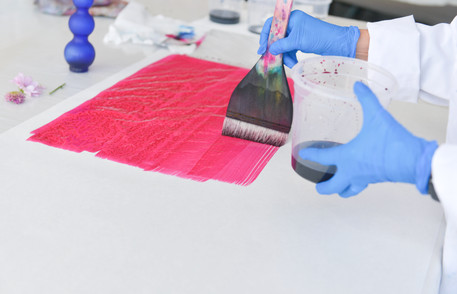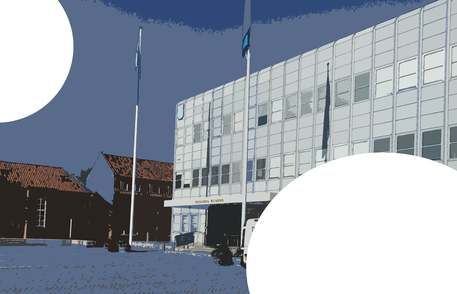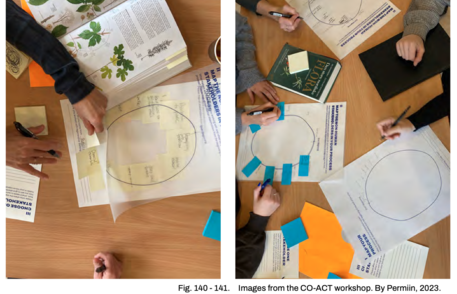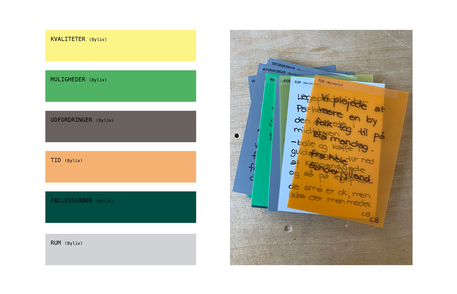Facts
About Preferred Futures
In this catalogue of future images, a class of students from Design School Kolding’s Design for Planet master programme have acted as agents of change by speculating on futures of careful entanglements with companion species. The students have crafted imagined artefacts to make us think about how humans may live in engagements of curiosity and obligation and through their photos, they are seeking to give the speculative artefacts a materiality and presence that makes them more than mere statements or ideas. The photos invite caring speculations by bringing ambiguity and estrangement to the utilitarian attitude to the non-human, that for so long has prevailed. The catalogue also brings excerpts from the processes of engagement.
Issuu
Project purpose
The motivation for this course structure was to interrogate the students’ workshop practices in course work that on the one hand had a strong emphasis on the students using their disciplinary skills for crafting of (future) artefacts (for which they traditionally depend on the school workshops), and on the other hand encouraged the students to work speculatively with care and entanglement with non-human species through one-to-one encounters with non-human others.
The tension between these two gravitation points was expected to induce a productive complexity of the ‘where’ and ‘when’ of the students’ creative practice, pushing the blurring of boundaries of the workshop as well as questioning understandings of materiality, crafting and design outcomes.
Materializing language
Project films by Elena Werr, Rikke Hauge, Petra Vicianova and Shanice Otersen.
Methods
The design methodology behind the course was based on speculative design, design fiction, critical design and design activism, using following types of instructions: Lectures, fieldwork, individual or group work, guidance and customised faculty-led workshops with below themes:
1. First date: The students where sent on a ‘blind date’ with I non-human species
2. Second date: The students first prototyped a communication tool and tested in on their second date with the same non-human species.
3. Materializing Language: The students worked with using available tools and materialize to make I video that materialized their manifest.
4. Speculative Archaeology relay: The students where co-speculating on each other’s artefacts based on the concept of provenance.
5. Photographic storytelling: The students where crafting images of their artefacts and giving each other feedback.
Literature
During the course the students were introduced to the literature listed below, both as a contextual framing and to inspire their work:
- Van Dooren, T. (2014). Care. Environmental Humanities, 5(1), 291-294.
- Dunne, A., & Raby, F. (2013). Speculative everything: design, fiction, and social dreaming. MIT press, p. 47- 136
- Haraway, D. J. (2013). When species meet (Vol. 3). U of Minnesota Press, p. 249-301
- de La Bellacasa, M. P. (2017). Matters of care: Speculative ethics in more than human worlds (Vol. 41). U of Minnesota Press, p. 95-122
- Manuela Celi & Elena Formia; Aesthetics of futures. Shaping shared visions of tomorrow, 2017.
- Matt Malpass; Critical Design Practice: Theoretical Perspectives and Methods of Engage-ment, 2016.
- James Auger; Speculative Design: Crafting the Speculation, 2018.









